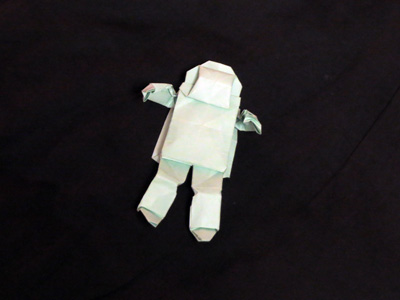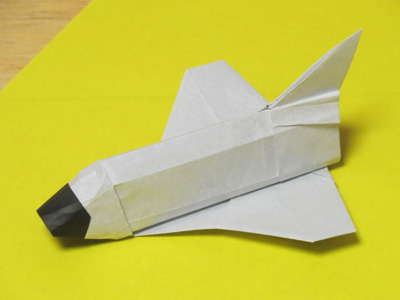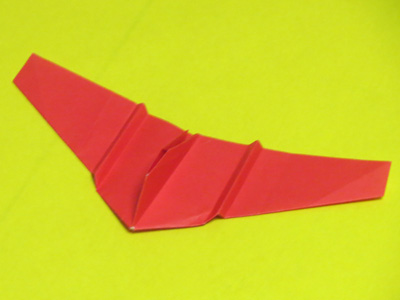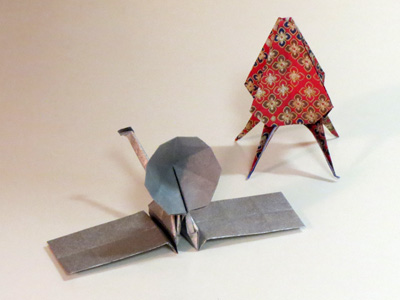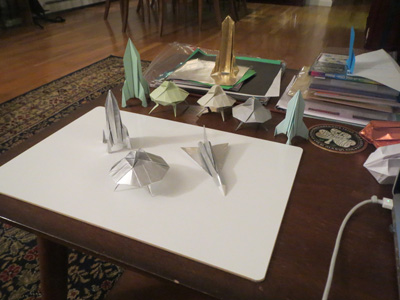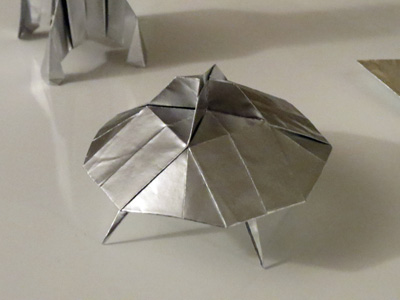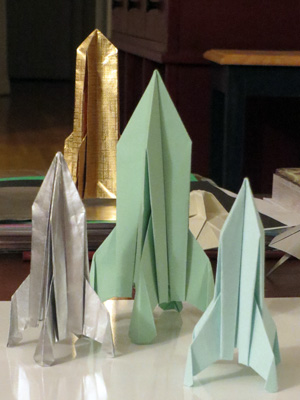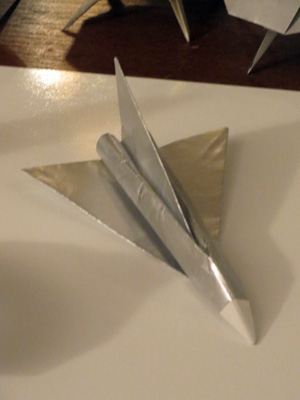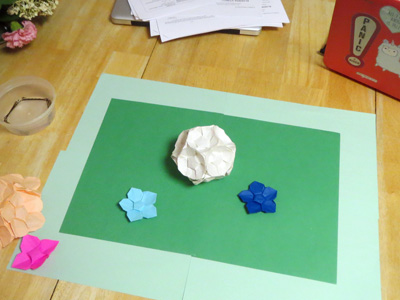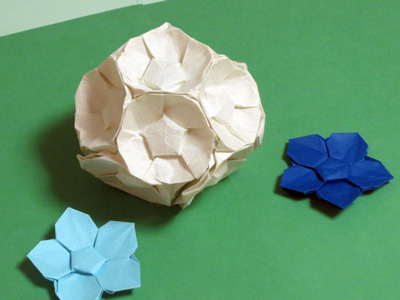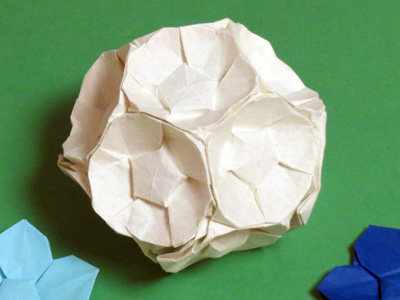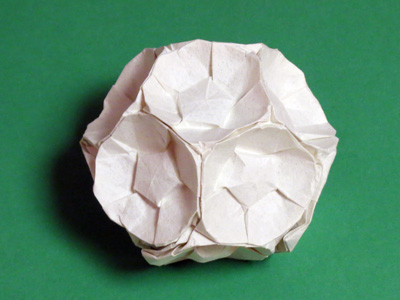So the day after I got home from my trip I spent a day volunteering helping put up the annual Holiday Tree at the American Museum of Natural History in New York, since I was dropping by to give them my models anyway. It was a great experience. I’ve been contributing models to the tree for years know and have gotten to know the people who run it. Last year Talo took over as director, and he likes my work.
This year he asked me to make a pod of Elephant Seals in a variety of poses to be featured in one of the hero displays at the base of the tree. I folded them a few weeks ago, going as far as I could before they became 3-D, and finished them after I got back from OrigaMIT. I figured they’d need to be wetfolded, but once I was done the sculpting they were just fine, and held their shape. The two largest ones were about two feet long, so it was it was a bit cumbersome packing them up for transport.
There’s no convenient way to get to the museum from Metro North, so I ended up getting off the train in Harlem and walking thru Central Park (one of my many recent walks to random places in the city; more on that later). This was longer than I expected, but it was a great day for a walk. Once there, I found a whole cache of models I’d folded in years past, which was a fun surprise. So were among my best stuff, while others show how far I’ve come as a folder. There was one old Elephant Seal in particular – I’d designed it just fro them – that I totally reworked to be more like the newer ones.
I also got to see more of the secret part of the museum than ever before. If you know where you can just open semi-hidden doors and go right in. The OUSA office is in basement, and I’ve been there plenty of times, but the underground, working part of the museum just goes on and on like a catacombs, all 19th-centrury stone a ironwork. They’d set up a photography studio in some crypt in a sub-basement. I’m glad I had a guide or I’d have never found my way back. There’s even a cafeteria for museum employees and volunteers, that serves the same food as the public cafeteria, but at 1/3 the price. They told me I could go there whenever I’m in the museum if I want.
Since they’re volunteers they don’t work that fast, and so I had some time in the afternoon to go up an take a tour of the hall of dinosaurs and some of the other exhibits. I came up the stairs instead of the elevator, and finally found out how to do the dinosaurs coming in at the beginning instead of the middle. The only disappointment is that the Whale Room was closed for some corporate event. Ah well I’ll be back there in December to teach.
It was a day of much walking and heavy lifting, so I took the train from the museum back to Grand Central. I was able to take a single train right from the museum to 42nd street and 6th avenue, which is pretty close.
